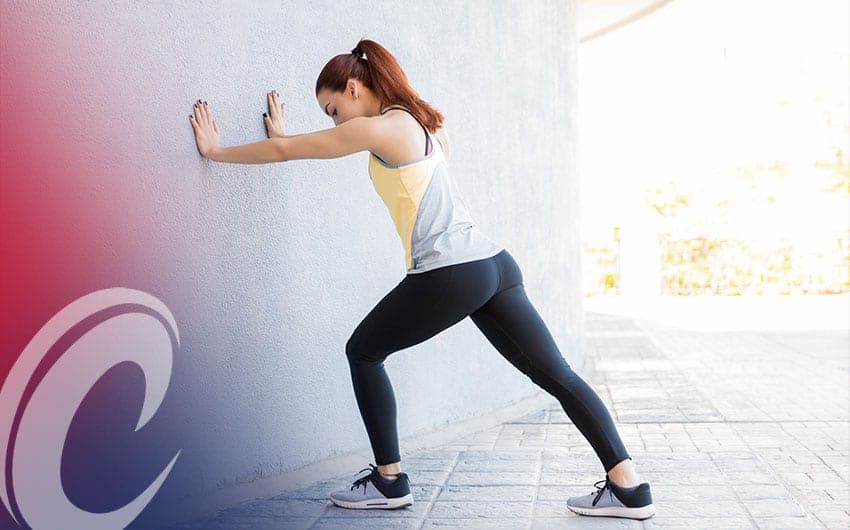Have you ever heard a skating coach tell an athlete to get lower or get your knee over your toes? Sounds easy, but it may not always be the case. These types of skaters may not physically be able to get lower due to either strength deficits or lack of mobility or flexibility. The end result is a tall skater who bends more at the waist or hips instead of getting low enough by bending the knees and the ankles to get a strong, powerful stride. For this blog, we will look at the ankle joint and how a lack of mobility can affect skating. In the last year, I have run into numerous professional and amateur hockey players who have injured their ankle and never regained the mobility which is affecting their stride and skating mechanics. The ankle does not have to be injured to lose mobility. Mobility in the ankle is the range of motion in the joint both weighted and unweighted and with the knee straight and bent. In healthy athletes, this mobility can be restricted by tight muscles in the calves. This can be due to recent growth spurts, an increase in intensity in off ice training such as running or jumping or just body type.
So how do you know if your ankle mobility is restricted? A simple test is to place your foot flat on the ground and pointing forward with your toes approximately three inches from the wall. You should be able to squat down a bit, bending your ankle forward (dorsiflexion) and touch your knee to the wall without lifting your heel or your ankle rolling inward. In this position, the front leg which is being tested, should have some weight on it and you should be able to bend down and forward getting the knee over the toes as in a good skating position. Check both sides and look for symmetry. If you are unable to perform this easily, you may have limited ankle mobility. If you have failed this test, there are a few simple things to do to improve. First, use a foam roll or lacrosse ball and roll out your calves from your Achilles all the way up to your knee to loosen the soft tissue. Then repeat the testing procedure, also known as ankle rocks ten times pausing each time you have rocked forward. Add a calf stretch as well by placing your foot flat on the ground behind you with a straight leg, feeling the stretch up higher this time. Hold this stretch for 15 seconds. Repeat these steps three times daily on the road to increased ankle mobility and a better, more efficient skating stride.
Chris Phillips is an Athletic Trainer and Strength and Conditioning Specialist and owner of Compete Sports Performance and Rehab in Orange County, California. Chris spent 17 years in professional hockey including 8 in the National Hockey League. Chris is also a preferred sports medicine provider for US Figure Skating.

